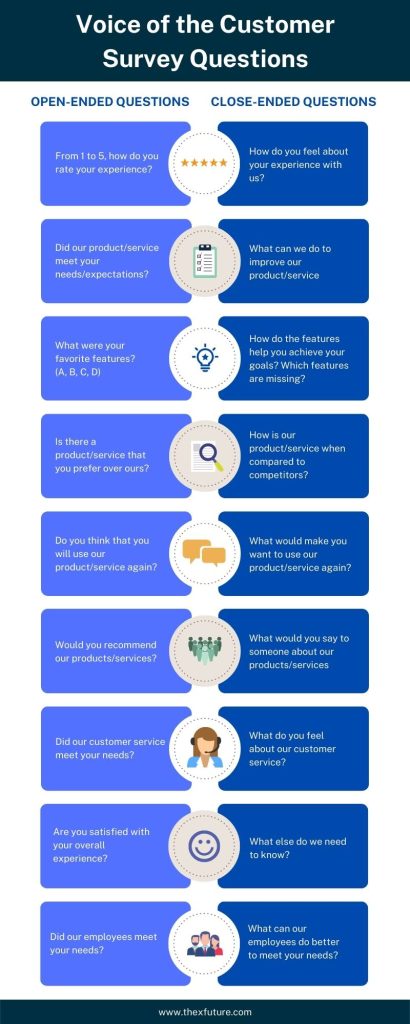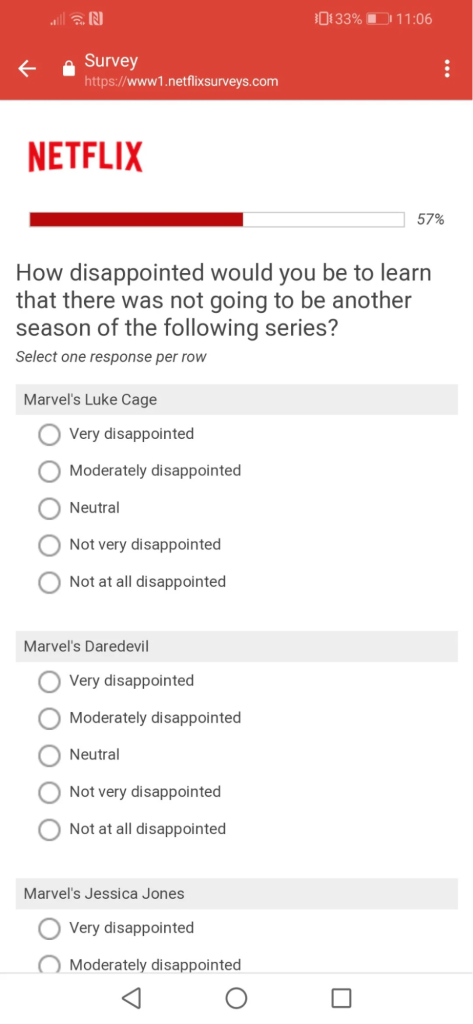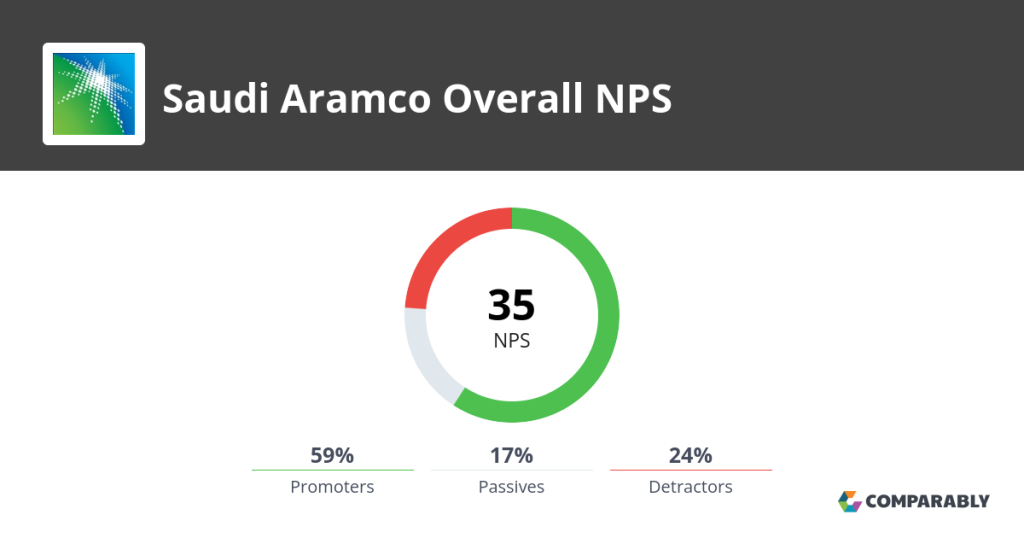It wouldn’t be an overstatement if I were to tell you that your happy customer will tell you about their experience to two of their friends, but a disappointed one might go on to share posts to vent out while tagging 29 others!
Large corporations deploy sophisticated Voice of the Customer solutions to monitor every social mention, rating, and ranting to stay in touch with their customers.
While it doesn’t necessarily need to be costly to deploy customized VoC solutions, at times, companies may want to get started sooner.
Conducting Voice of the Customer surveys is one of the simplest, widely-used approaches to kickstart VoC trend analysis.
This is because it is easier to connect with the customers and get their opinion as almost everyone wants to express their opinion on things.
When brands themselves approach the customers, they not only stand a chance to contain any negative publicity but also win brownie points for being customer-centric.
Let’s learn more about VoC surveys:
What is a Voice of the Customer Survey
A Voice of the Customer survey can be used to generate insight into what customers want from you as an organization (customer service), what they think about your product/service (product/service satisfaction), or even what issues they have with your company/product (problem-solving).
These surveys are one of the most popular customer research tools across the world.
They are used by almost every company, knowingly or unknowingly, in order to understand their customers better and to offer more personalized services.
Thus, conducting a VoC survey is a way to gather data on the needs and wants of a specific target market.
Voice of the customer survey is not only a very important part of any marketing campaign but also an effective feedback mechanism for corporations.
The VoC surveys can be either qualitative or quantitative in nature.
The qualitative surveys are based on interviews with the customers, while the quantitative surveys are based on questionnaires filled by customers themselves.
A VoC survey can be conducted at different levels ranging from individual to organization or business.
Benefits of Voice of the Customer Surveys
Voice of customer analysis is critical for tracking the full customer experience, especially when it comes to identifying pain areas and increasing customer satisfaction.
Though there are many methods and tactics for obtaining customer feedback, one of the most common, efficient, and simple ways to acquire the views and data that you need to understand how consumers feel is VoC surveys.
It is quick and easy to run VoC surveys: You can use pre-built templates available on surveying tools to send customer satisfaction (CSAT) or Net Promoter Score (NPS) surveys.
Also, you can embed them within your app, website, or emails to fetch close-ended answers or even go on to collect comprehensive, open-ended replies.
Generally, customers fill out quick surveys after making a purchase: Customers are more likely to reply when small surveys are provided immediately after purchase, onboarding, or a customer support engagement.
These VoC surveys must be easy and require just one or two clicks to answer.
You may add “Is there anything more you’d want us to know?” for engaged customers who want to provide more information.
Smartly placed VoC surveys can reveal unexplored details: When you implement VoC surveys at specific customer touchpoints, you can look into detailed, unexplored parts of your business.
Depending on how interested your customers are, VoC surveys can be close-ended or open-ended: You can acquire VoC data of different usability levels like:








